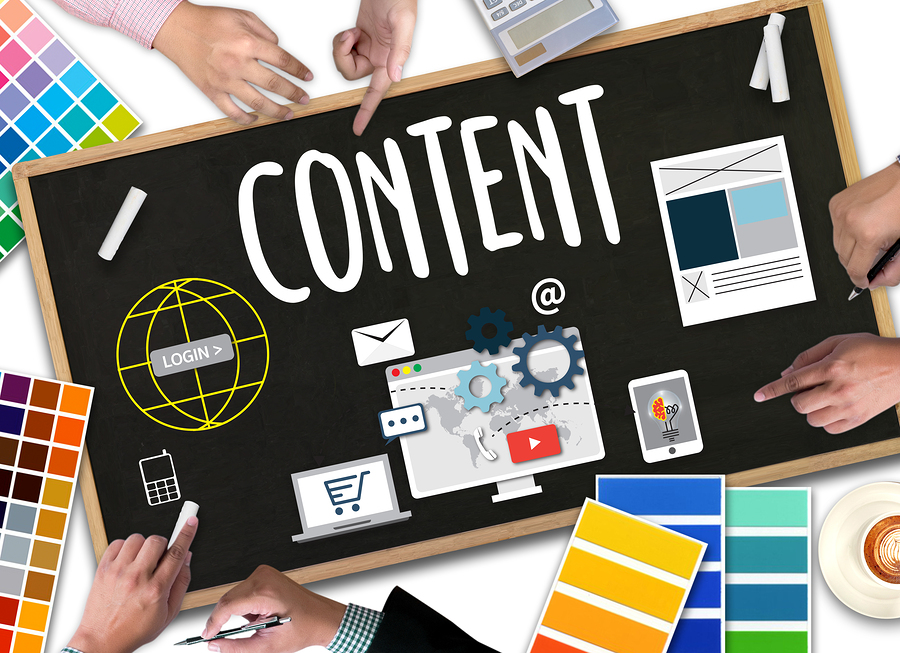When Can You Integrate Human Translations Into Your Content?
This question could just as easily be rewritten as “when can you integrate machine translations into your content?” There is no hard and fast answer because it depends partly on what the translation is used for. Machine translation, better known as automated or computer-aided translation is fast, cheap (or free) and has improved immeasurably over the last two decades. Whether it will ever take over the need for human translators in the future is a moot point. At the moment, even the best machine translation is just not suitable for commercial use or indeed anywhere where translation aspires to be accurate. However, that doesn’t mean that there is no place for machine translation in the professional translation context.
For amateur translation purposes, for example, your own personal way of translating text that you don’t understand, then machine translation is fine. You can quite easily use Google Translate, a free form of machine or automated translation on a tablet or laptop when you travel overseas and are confronted with notices and signs that you don’t understand. You can also use it to compose letters or emails to someone who doesn’t speak your own language and get a fair translation done for you. At least, machine translation provides the gist of what is meant, even if it is far from perfect.
GETTING IN TOUCH WITH US
Blog - Getting In Touch With Us
Machine translation is also used in more commercial or professional translation contexts a way of speeding up the translation of large chunks of text. However, this translated text is never left as it is. A human translator works on the raw translation and modifies it so that it makes sense and becomes an accurate version of the original. This is probably the immediate future of machine translation until such a point where the software is capable of translating much larger amounts of text much more accurately.
The main shortcoming of machine translation at present is that it tends to translate quite literally. It is unable to cope with innuendo, colloquial expressions, idioms, slang and the many instances when a literal word for word translation simply generates misunderstanding at best and gibberish at worst.
However, not all translation needs to be quite so sensitive to more informal language. Technical documents, for example, such as manuals for machinery and equipment, do not use informal language in the same way as marketing text or literary text. The demand for the professional translation of technical manuals is huge. An instrument or machine may be manufactured in somewhere like China or Korea and then exported around the world. Of course, an owner’s manual, or technical manual for maintenance and repair purposes, must be translated into at least a dozen different languages, depending on where the market is for the particular product. That’s where machine translation can cut down on translation time and cost, providing that the output from the automated translation is edited and proofread adequately by human translators before the manuals are published.




